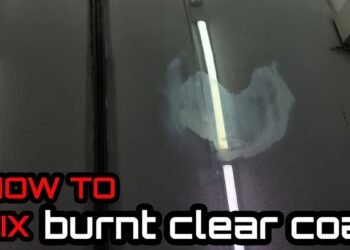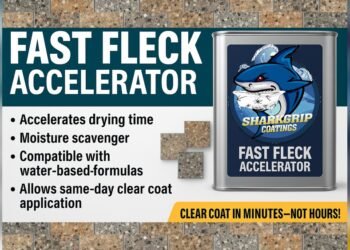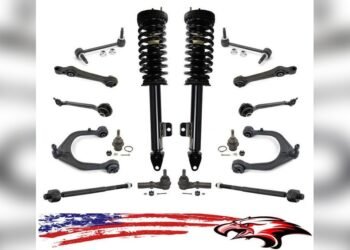Have you noticed fluid leaking around your Magneride shocks or felt your ride becoming unusually bouncy or stiff? If your car sways more than usual around corners or the steering wheel shakes on rough roads, your Magneride shocks might be failing.
These signs aren’t just annoying—they can seriously affect your vehicle’s safety and performance. You’ll learn how to spot the warning signs of leaking Magneride shocks, understand what causes these issues, and find out what steps you can take to fix them before they become costly problems.
Keep reading to protect your ride and keep your drives smooth and safe.
Credit: www.tahoeyukonforum.com
Signs Of Leaking Magneride Shocks
Leaking MagneRide shocks show clear signs that affect your vehicle’s performance and safety. Recognizing these signs early helps prevent further damage. Watch for physical changes, ride quality shifts, and unusual tire wear patterns. Understanding these symptoms ensures timely maintenance.
Fluid Leak Detection
Check for visible fluid around the shock absorber. Fluid leaks appear as wet streaks or oily spots. A leaking shock loses hydraulic fluid, reducing its effectiveness. This leak signals damaged seals inside the shock.
Physical Damage And Rust
Inspect shocks for dents, cracks, or rust patches. Rust weakens the shock body and affects performance. Physical damage can cause internal parts to fail. These issues often lead to leaks or poor suspension response.
Uneven Ride Height
Notice if one side of the vehicle sits lower than the other. Uneven ride height suggests worn or leaking shocks. This imbalance affects handling and tire contact with the road. It often causes the car to lean or sag.
Tire Wear Patterns
Look at your tires for uneven or cupped wear. Bad shocks fail to keep tires firmly on the ground. This causes irregular tire wear and reduces tire life. Uneven tread wear is a common sign of shock problems.
Bouncy And Stiff Ride
A faulty MagneRide shock makes the ride bouncy or stiff. Good shocks absorb bumps smoothly. If the ride feels harsh or the car bounces a lot, shocks may be leaking. Ride discomfort signals a need for inspection.
Excessive Body Sway
Feel excessive body roll during turns or curves. Leaking shocks cannot control vehicle movement well. This leads to more sway and less stability. Increased body sway decreases driving confidence and safety.
Braking And Acceleration Effects
Notice nose-diving when braking or squatting during acceleration. These are signs shocks are not absorbing forces properly. The front dips too much on brakes, and the rear squats on acceleration. Steering wheel shake may also occur on rough roads.
Testing Magneride Shocks
Testing MagneRide shocks helps identify leaks and performance issues early. This test reveals if the shocks maintain proper damping and vehicle control. Simple checks can save costly repairs and keep your ride smooth and safe.
Performing The Bounce Test
Stand beside your vehicle and press down hard on one corner. Release quickly and watch the motion. A good shock will absorb the energy and stop bouncing right away. If the corner bounces up and down more than once, the shock may be leaking or worn out. Repeat this test on all four corners for a full assessment.
Observing Vehicle Behavior
Drive your vehicle slowly on a smooth road. Notice if the ride feels too bouncy or too stiff. Pay attention to excessive body sway when turning corners. Feel for nose-diving during braking or squatting while accelerating. Any unusual movement means the MagneRide shocks might not be working correctly. These signs often point to leaks or internal damage.
Common Causes Of Leaks
Leaking Magneride shocks often cause ride discomfort and vehicle control problems. Understanding why these leaks happen helps in identifying and fixing issues early. Several common causes lead to fluid leaking from these shocks.
Each cause affects the shock’s performance differently. Recognizing these causes can save repair costs and improve safety.
Seal Failure
Seals keep the shock fluid inside and prevent dirt from entering. Over time, seals wear out or crack. This wear allows fluid to escape, leading to leaks. Heat and pressure also weaken seals, speeding up failure.
Physical Impact
Road debris or accidents can damage the shock body. A dent or crack can break the seal or housing. Even small impacts can cause leaks later. Regular inspection after rough drives helps catch this damage early.
Corrosion And Wear
Exposure to water, salt, and dirt causes corrosion. Rust can eat away the shock’s metal parts and seals. This weakens the shock and leads to leaks. Older shocks are more prone to corrosion and fluid loss.
Internal Component Damage
Inside the shock, parts like valves and pistons control fluid flow. Damage to these parts disrupts sealing and pressure balance. This damage causes fluid to leak out or reduces shock performance. High mileage and harsh driving increase this risk.
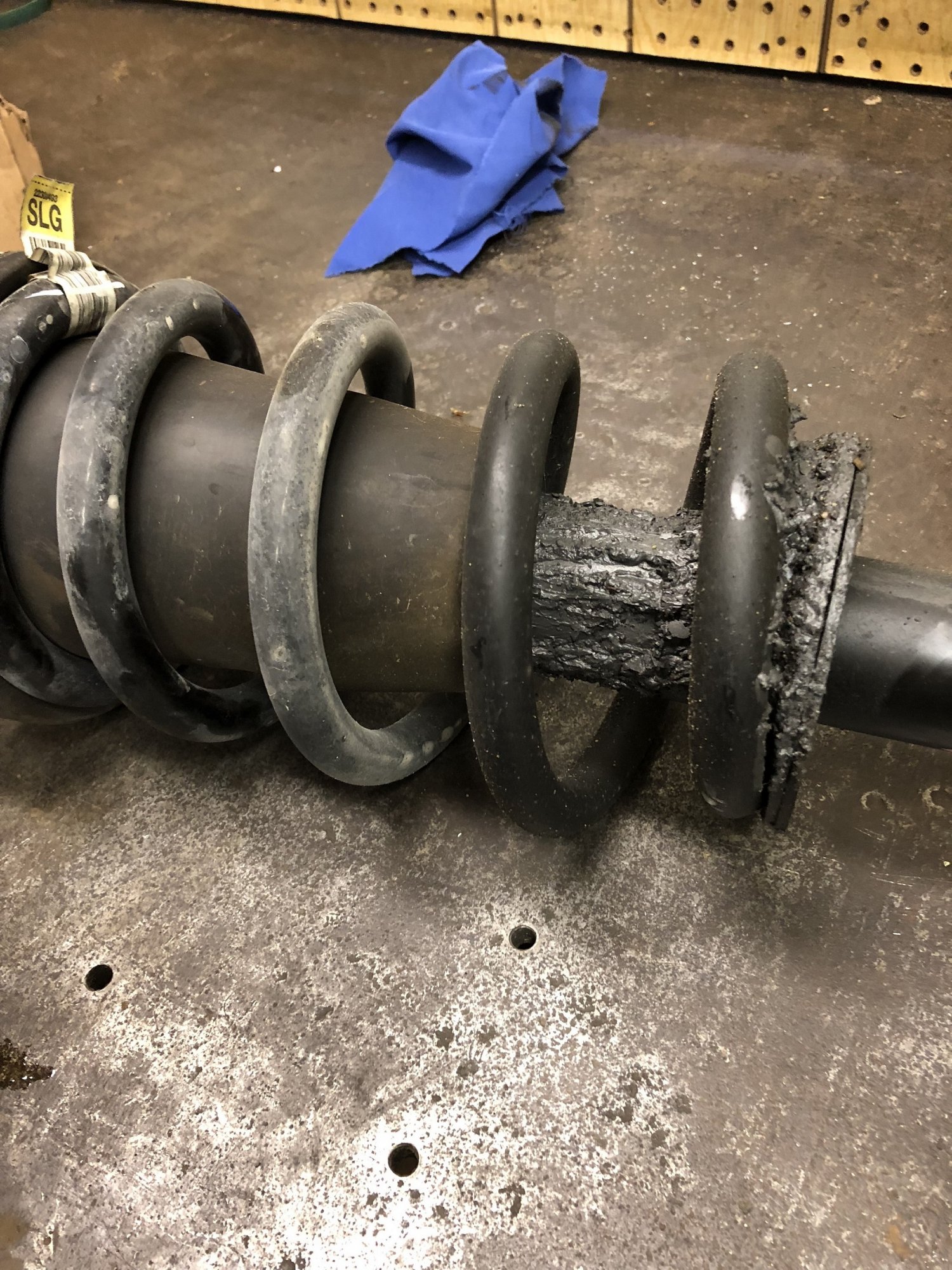
Credit: www.gm-trucks.com
Quick Fixes And Repairs
Magneride shocks leaking can cause poor vehicle performance and discomfort. Quick fixes and repairs help manage leaks until a permanent solution is in place. Acting fast prevents further damage and keeps your ride smooth. Understanding repair options lets you decide the best next step.
Temporary Leak Sealing
Temporary leak sealing stops fluid loss for short periods. Special sealants plug small cracks or pinholes in the shock. These products are easy to apply and inexpensive. They help reduce fluid leaks but are not a long-term fix. Monitor shocks closely after sealing to catch worsening leaks early.
Shock Replacement Options
Replacing leaking Magneride shocks restores full function and safety. OEM shocks match your vehicle’s original specs for best results. Aftermarket shocks offer budget-friendly alternatives but vary in quality. Consider your driving habits and budget before choosing replacement shocks. Proper installation is key to avoid future leaks or damage.
Diy Replacement Considerations
DIY shock replacement saves money but requires tools and skills. You need a jack, wrenches, and sometimes specialty tools. Follow a detailed guide or video specific to your car model. Take safety precautions when lifting and working under your vehicle. If unsure, avoid DIY to prevent injury or damage.
When To Seek Professional Help
Professional help ensures correct diagnosis and repair of Magneride shocks. Mechanics have tools and experience to handle complex shock systems. Choose a trusted shop familiar with Magneride technology. Seek help if leaks persist after temporary fixes or if ride quality worsens. Timely professional repairs protect your vehicle and safety.
Maintenance Tips For Magneride Shocks
Proper maintenance keeps MagneRide shocks working well and extends their life. Regular care helps spot issues early and prevents leaks. Follow these simple tips to protect your shocks and maintain a smooth ride.
Regular Inspection
Check your shocks often for any visible fluid leaks. Look closely for wet streaks or oily residue on the shock body. Inspect for dents, rust, or other damage that can harm performance. Notice if the car leans to one side or rides unevenly. These signs point to worn or failing shocks needing attention.
Driving Habits To Protect Shocks
Drive smoothly and avoid harsh braking or quick turns. Slow down on rough roads and potholes to reduce shock stress. Avoid overloading your vehicle beyond its capacity. Gentle driving lowers wear and tear on shocks and suspension parts. This keeps the MagneRide system responsive and reliable.
Preventive Care Steps
Keep tires properly inflated and aligned for even load on shocks. Replace worn tires to maintain good shock contact with the road. Have your suspension checked during routine vehicle service visits. Clean shocks and suspension components to remove dirt and debris. Early preventive care helps avoid costly repairs and extends shock life.
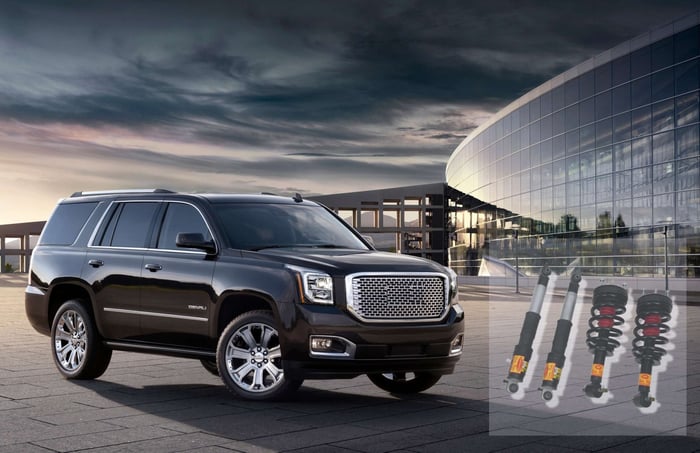
Credit: www.strutmasters.com
Frequently Asked Questions
How To Tell If Magneride Shocks Are Bad?
Check for fluid leaks on shocks, uneven tire wear, and a sagging suspension. Notice a bouncy or stiff ride, excessive body sway, or nose-diving during braking. Perform a bounce test by pushing down on each corner; slow or multiple bounces indicate bad MagneRide shocks.
Do Magneride Shocks Wear Out?
MagneRide shocks do wear out over time due to seal failure or internal wear. Signs include fluid leaks, bouncy or stiff rides, and excessive body sway. Regular inspections and bounce tests help detect wear early, ensuring optimal suspension performance and safety.
What Happens If My Shocks Are Leaking?
Leaking shocks lose their ability to absorb bumps, causing a rough, bouncy ride and poor vehicle control. They may also cause uneven tire wear and increased body sway during turns. Driving with leaking shocks reduces safety and comfort, so replace them promptly to maintain proper suspension performance.
Are Leaking Shocks A Dot Violation?
Leaking shocks are not explicitly a DOT violation but may fail safety inspections due to compromised vehicle control. Replace leaking shocks promptly.
How Do I Know If My Magneride Shocks Are Leaking?
Look for fluid streaks on the shock body or around the wheel well area.
Conclusion
Leaking MagneRide shocks affect your car’s safety and comfort. Watch for fluid leaks, bouncy rides, and uneven tire wear. A simple bounce test helps spot worn shocks fast. Replacing damaged shocks keeps your vehicle stable and smooth. Don’t ignore these signs to avoid costly repairs later.
Regular checks protect your ride and improve driving experience. Stay alert and maintain your suspension for safer roads.



